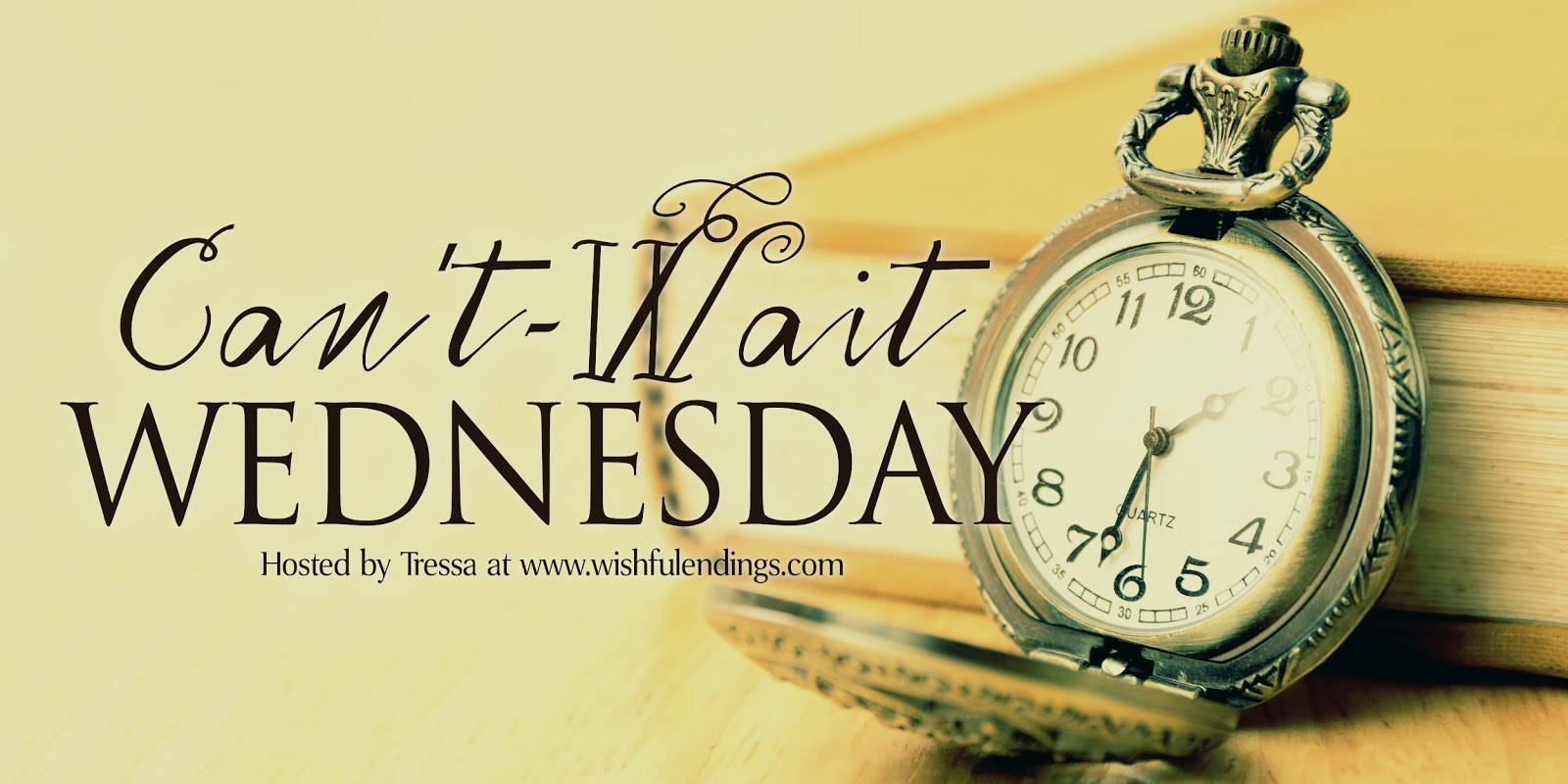Q&A with Author Kia Abdullah
In TAKE IT BACK, you deal with a challenging topic--a sixteen-year-old girl accuses four boys from her class in school of rape--how do you tell a story about such a traumatic subject while keeping readers turning the pages?For me, character is so important because it does two things. Firstly, it forces me to approach a subject sensitively because I grow to care about my characters. I didn’t want Jodie – the 16-year-old girl in Take It Back – to be a loosely-sketched victim on which to hang my plot, so I took the time to interview survivors, counsellors, lawyers and police officers to make sure I was doing her justice.
Secondly, great characters make
readers care about what happens and that’s what keeps the pages turning. The four boys who are accused in the novel are fully-fledged characters in their own right and so that setup is really compelling for the reader: “I care about both the victim and the accused here, but who is telling the truth?”
Where did the inspiration for TAKE IT BACK come from?I wouldn’t say that Take It Back is an angry novel, but it does come from a place of anger. I don’t like to admit that because anger is such a primitive emotion, but I was angry for nearly my whole twenties. I was raised in a conservative Muslim family in London and struggled with the pressures it placed on me: to be quiet and not raise my head above the parapet.
At the same time, I could see how the mood in certain quarters of the media was turning against Muslims and that made me deeply uncomfortable because we are not the monolithic, malevolent entity we are sometimes made out to be.
Take It Back allowed me to examine this conflict in the context of a thriller. It’s a gripping courtroom drama at heart, but it also asks: how do we judge people based on what they look like or what they believe in? That is really the root of the novel.
How much of a challenge is it to write about potentially divisive social issues like racial and ethnic biases while keeping the tension high and driving the plot forward?There is definitely a temptation to get on my soapbox and preach about issues that matter to me. The key is to trust the reader. I don’t need to spell things out or drone on for pages and pages. Sometimes, a simple action speaks volumes and I have to trust the reader to catch its meaning.
For example, in one scene, Mo (one of the accused) is embarrassed of his father who works as a butcher because of the dried crust of blood on the cuticles of his nails. I could have expanded on this for several pages – about how immigrant children can be simultaneously proud and ashamed of their parents, or the plight of the working class – but I trusted the reader to recognise the pathos of that moment. Cutting out extra detail helps to keep tension high and drive the plot forward.
I can’t take all the credit though. There were definitely parts where my brilliant editor stepped in to say, “Um, this might be a bit much, so pare it back a little”. I owe her a huge amount.
Zara, the heroine in TAKE IT BACK, is smart, strong and fearless. And she faces a lot of pressure from her family over her choices that break with tradition. How did you go about writing her?Zara was tricky because when you’re writing a woman of colour – especially one from a South-Asian background – you feel the burden of representation because there aren’t many characters like this in fiction. On one hand, I wanted to be true to who and what she was, but on the other I didn’t want to play into stereotypes.
I’ll give you an example. Zara’s backstory involves an arranged marriage. On one hand, that plays into stereotypes of the South-Asian woman, but on the other, nearly every British-Bangladeshi woman from London that I personally know – certainly of Zara’s generation – had an arranged marriage (as did I by the way). Do I ignore this in favour of a false narrative?
Ultimately, I opted for what I felt was true to Zara’s character. She isn’t purely one thing (strong, fearless, invincible) or the other (quiet, docile, submissive); she’s a mixture of many things as are we all.
Tell us about your other passion--travel writing. How did you get started with that? And does it influence your fiction?I’d always wanted to travel around the world so, after a year of intense saving, my boyfriend and I quit our jobs in 2014 to spend a year hopping across the South Pacific and South America. Along the way, we set up our own travel blog,
Atlas & Boots, mostly as a way to keep our skills sharp. It quickly gained traction and continued to grow. (Before Covid hit, it was getting 300,000 readers a month!)
The travel writing is very different from fiction, although I’m sure that the first informs the second. For example, I might be out on a swim and notice how seaweed looks like a woman’s hair floating in the bath and use that description in fiction. I could have written my novels if I’d just stayed at home, but the writing would likely be flatter.
What is your writing process typically like? Do you set a goal of a certain number of pages per day? Start with an outline or see where the story leads you? I am a planner for sure. I outline my novels before I write a single word. The idea of jumping in headfirst without knowing that I have a strong ending (or beginning and middle for that matter!) is just too scary. I do leave some room for the story to breathe so if it takes me in a different direction, I’m open to that.
In terms of the writing itself, I’m fairly regimented. I write 1,500 words a day and won’t stop until that’s done. Sometimes, this means that I end up with terrible words, but I leave that for the editing!
Do you have a routine or process that helps to get into a flow and stay productive when you’re writing?I use
Freedom to block out social media, which is absolutely intrinsic to my routine. Without it, Twitter would swallow hours of productivity.
Other than that, I try to get out for a short walk every day. Sometimes, when I’m warm and toasty in my study and it’s gloomy outside (as it often is in England), it’s hard to motivate myself to venture out, but I always feel better for it. Whenever friends tell me that they’re feeling a bit sad or sluggish, I always encourage them to get out and go somewhere green if possible.
TAKE IT BACK was first published in the UK in 2019--was the reaction to the book what you’d hoped for? Any memorable reader feedback?I’ve been blown away by the feedback. I’ve been writing professionally for 14 years and would occasionally receive a message of appreciation for a column or a feature. With Take It Back, I got hundreds of tweets, emails and messages from readers who adored the book.
It’s especially heartening when South-Asian women get in touch to say that they really see themselves in Zara. This makes me pleased that I stuck to the truest version of her.
Another piece of feedback that sticks in my mind is from a reader who compared my work to Ibsen. That was rather nice to hear!
What’s coming up next that you’re excited about? I’m gearing up for the UK paperback release of Truth Be Told in March 2021. It’s the follow-up to Take It Back and we will see Zara return to fight a new case.
Aside from that, I’m looking forward to the world getting back to normal – or some version of it. I really miss travelling. In December 2019, I was on a road trip through Florida, Georgia and North Carolina. I’d love to return and explore more of the area and beyond.


































